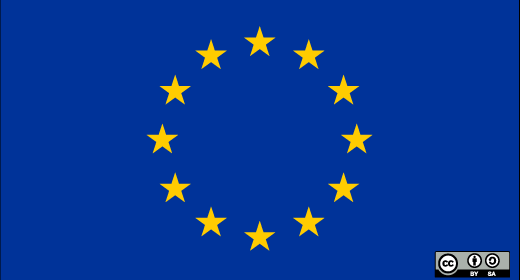asvin.io – Our Mission to Secure Update Distribution in the Internet of Things

€œAs€™vin€ (sankskrit) is the name of the divine twins, the healer of gods in Hindu mythology. The spirit of these twins is embedded into the core mission of asvin.io:
€œHealing the Internet of Things from security flaws and vulnerabilities by providing an easy and blockchain secured update distribution service.€
Like twins, asvin.io provides a mirrored secure update solution between parties of Internet of Things applications: for the embedded device controller (edge devices) and for server side device applications in the cloud. Today unpatched vulnerabilities on IoT devices are door opener for diseases as DDoS attacks, Ransomware, Hacking and Data theft. Updating unsecure IoT systems is analogy applying medicine to sick patients. There is a growing need for continuously healing infected or unsecure devices in the Internet of Things.

The assvin twins, healer of gods: Our Mission Patch Secure Update distribution in the internet of Things.
That€™s why we call our solution asvin.io.
The Internet of Things has become a reality, with tens of billions of devices expected to be connected to the Internet by 2020. At the same time the number of cyber threats is continuously growing. The scale of the problem makes the need to act even more urgent. Recent cybersecurity reports figures show that digital threats are evolving fast. Unsecure unpatched products and less responsibility in the supply chained has been identified by cybersecurity authorities as one main sources of the problem.
asvin.io provides a mirrored secure update solution between applications parties of Internet of Things: for the embedded device controller (edge devices) and for server-side device applications in the cloud. Today unpatched vulnerabilities on IoT devices are door opener for diseases as DDoS attacks, Ransomware, Hacking and Data theft. Updating unsecure IoT systems is analogy applying medicine to sick patients. There is a growing need for continuously healing infected or unsecure devices in the Internet of Things
asvin is targeting the market below large enterprise customers. In this segment, the knowledge of providing stable and secure updates is for customers less available with in-house teams and the cost pressure for providing stable service over product life-cycle is extremely high €“ especially for consumer goods and small to mid-size industrial IoT (IIoT) companies.
The core functionality is delivered as open source. As components of asvin are implemented on customer products we chose that, to lower the barriers of using. This open source license types grants unleash usage during costumer product lifetime. As the libraries are free to use, asvin creates revenues based upon two open source business revenue models:
1. SaaS €“ Software as a Service
2. Service and Support
Let’s have a look at our asvin.io website and twitter @asvin_iot to get news






